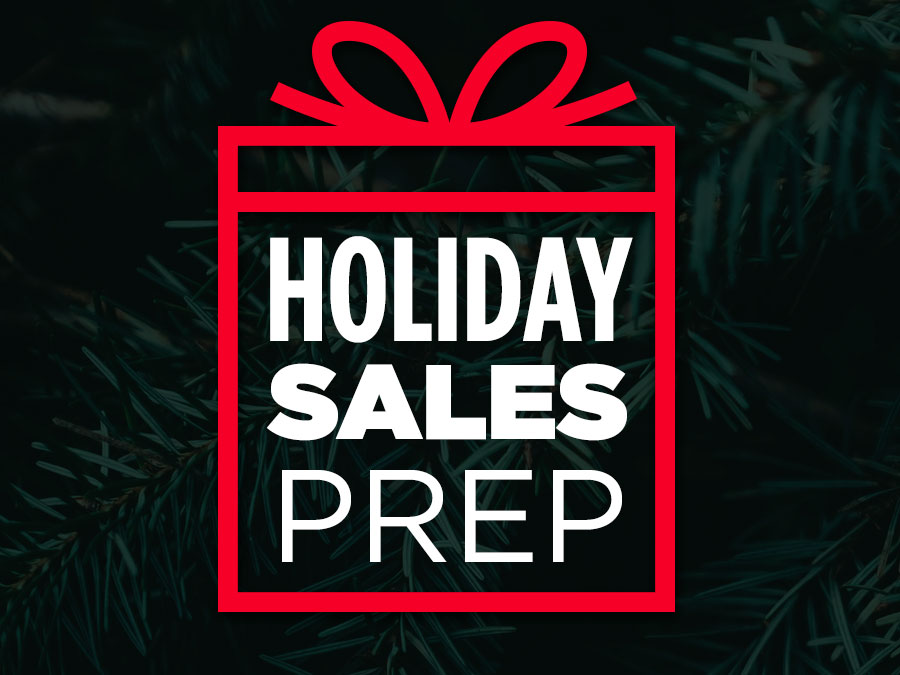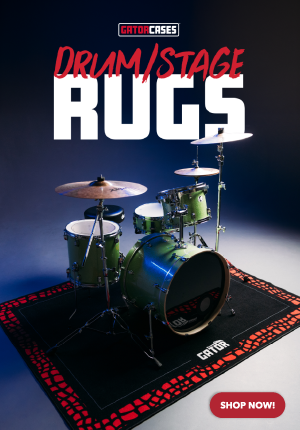
September 04, 2020 I Feature
Holiday Sales Prep: Four Ways To Shape Up Your Website
By Daniel Margolis
The coronavirus came with a silver lining, an online sales boom. The hope is that this momentum carries into Q4 and the actual holidays. Mike Clem, chief digital officer of the Fort Wayne, Indiana-based company Sweetwater, said, “Many retailers are looking to this holiday season to make up for a pretty tough year.”
If the internet is the place to help retailers stay afloat, the health of your website is paramount. The suddenness with which quarantine pushed customers online sent retailers scrambling, either to shore up their sites or redouble efforts on platforms like Reverb, eBay and Sweetwater. Now, there’s a bit of time to prep for the wave of holiday sales. Here are four things to do to get ready.
Make it Easy
It sounds basic, but your website has to be simple to use and intuitive. “Once prospective customers are on a website, their purchase experience has to be smooth,” said Suresh Chaganti, co-founder and executive partner at online marketing firm VectorScient, who has developed online sales channels for clients such as Macy’s and Amazon. “They should be able to navigate around without confusion, search and get expected results.”
Making the purchase experience smooth is key to your website having bottom line impact. “Just make it easy for a customer to come in and transact with you,” said Tim Ahlenius, vice president of strategic initiatives at web developer Americaneagle.com, adding that this means allowing customers to make purchases with guest checkout, as well as paying via PayPal, Apple Pay, Google Pay, their Amazon account and more. “Really, just get them through the checkout process with as few barriers in front of them as possible.”
Also, make sure full details of what the customer bought are on the checkout page right before the customer pulls the trigger. “Many checkout pages do not do this, and when the user tries to verify by going back, all the information entered in the checkout page is lost, leading to a poor user experience,” Chaganti said.
Make it Sticky
We’ve all added an item to an online cart only to forget about it, or even just looked at a product but didn’t buy it, then started getting emails that almost seem hurt we didn’t follow through. Such tactics might feel a bit obnoxious, but your website has to engage in them to be competitive.
“We’re doing all the traditional things — follow-up emails and display ads that will follow you around and encourage you to come back,” Clem said. Sweetwater is also diligent about making sure customers know when an out-of-stock item is back, having added “a button that lets customers enter their email address for notification when inventory arrives.”
Chaganti further broke down how to make a site as sticky as possible. He advised setting up your site so that it intercepts if a visitor moved away from the checkout page but is still on site and offer them a discount, it intercepts if they are about to leave the site and it sends a follow-up email if it was able to get that information. He also recommended reaching out to visitors with a pop-up or chatbot asking if they need help. “This should be [done] in an extremely respectful way and in an un-annoying fashion,” he said.
Make it Engaging
Nearly a quarter-century ago, Bill Gates famously declared, “Content is king,” and that it was “where I expect much of the real money will be made on the internet.” In MI, retailers have been using web content like video to demo products and engage customers, and online retailers can see further success here via blog entries, aggregated news, interviews, podcasts and more, ideally search engine optimized and leveraged on social media. All of this allows a businesses to develop its brand voice, target niche audiences and collaborate with artists, publications and partners.
The term is inbound marketing, which Chaganti termed critical. “The inbound marketing piece is particularly important because it is less expensive,” he said. “Advertising costs increase in time, and before long they become unsustainably high.”
Sweetwater’s Clem looks at content as a way to beat out the biggest competition out there. “What a great opportunity to educate and train customers, which builds trust and loyalty and demonstrates expertise in a really tangible way that Amazon and other sellers can’t provide,” he said.
Make it Mobile
Mobile friendliness might be the biggest factor to keep in mind when building a website, and Amplify 11 consultant and Music Inc. columnist Tracy Hoeft emphasized why. “Probably 50% of the people visiting your site will be on a mobile device, and they can be converted to sales if the site is built correctly,” he said. So, in advance of the holiday season you’ll want to beef up your mobile site, specifically looking at how it adapts to any size screen you put it on, what it emphasizes and how quickly it loads.
Columbus, Ohio-based Stanton’s Sheet Music President Eric Strouse broke down the two ways to get to a mobile-friendly site. “There’s a way that whatever’s on your main website on a PC transfers itself over automatically,” he said. Two years ago, Stanton’s opted for the harder, better way, building a reactive site specifically for mobile, because, in looking at Google Analytics, Strouse realized, just as Hoeft indicated, half his traffic was there.
This allowed Stanton’s mobile visitors to see things on the site they never had before. “Over the years, we had built several modules that we never plugged into the mobile website,” he said. “[When] we decided to design the new mobile website, all of a sudden the mobile website had a whole bunch of features that it never had before. It gives customers everything that’s possible.” MI











